Pack a picnic lunch and head out to the most popular gorge in the North Island, half way between Paeroa and Waihi on SH.2.
Karangahake is the site of New Zealand’s original gold rush in 1875, and has the added interest of an historic railway, great trout fishing and swimming spots as well as a host of adventure and heritage walks.
Karangahake Mountain is honeycombed with gold mining drives on 20 different levels and vertical shafts penetrate deep into its core. This was one of New Zealand’s most productive mines and was notable for being the first plant in the world to use cyanide for separating gold from the base quartz. Exploring the old stamper battery sites and other mining relics around this mountain and up the nearby Waitawheta Gorge, is a fascinating pursuit.
The Karangahake Gorge Historic Walkway along the peaceful Ohinemuri River is a pleasant jaunt for all ages and levels of fitness. This 4.5km popular walkway is laid on the track bed of the Paeroa to Waihi railway line, which was closed in 1979. Highlights are the Owharoa Falls, the Talisman and Victory battery sites, two old railway bridges, two swing bridges and a 1km long tunnel. You’ll find signposted entrances to the walkway off SH.2 in the gorge.
The Historic Goldfields Railway is a nostalgic journey back to pioneering days, which runs 6km from Waihi to Waikino and can be boarded at either terminus. The vintage train, powered by steam and diesel, normally starts form Waihi at 11am, and does three 1½ return trips daily in summer.
More walking opportunities open up on the Waitawheta Track to Dickey’s Flat in the Kaimai Ranges. From here a network of marked tracks lead down the range as far as the Tauranga-Matamata Highway. On the north side of Waikino, a road leads to the site of the Golden Cross Mine, which is now a working farm and walkway with interpretation centres outlining the mining history.
Karangahake and its adjacent residential suburb Mackaytown, are so peaceful now that it’s hard to visualise the absolutely frenetic activity of the mining era, particularly the ear-shattering noise of 100 stamper heads pounding 24 hours a day. The contrast is utterly extreme and something to ponder over as you enjoy the quiet pleasures of this delightful gorge.

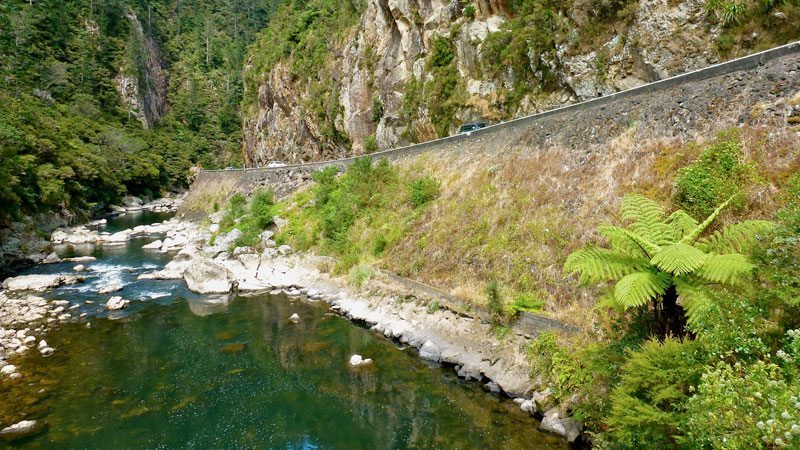
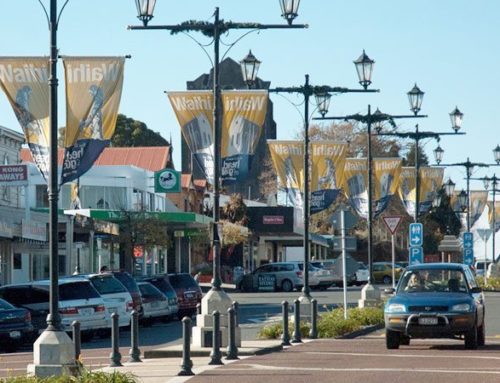
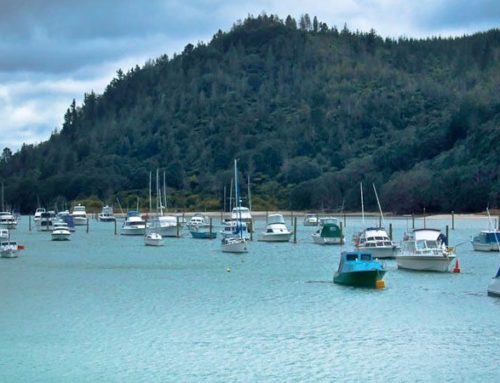
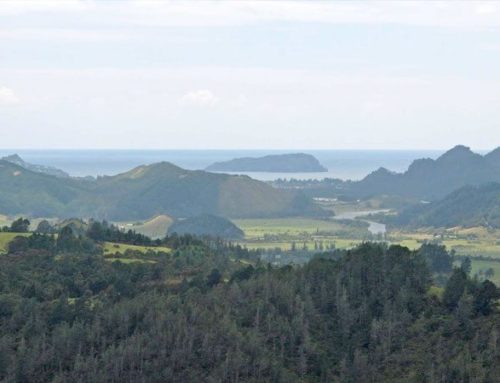
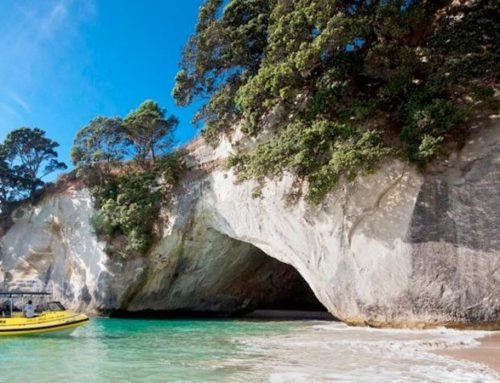
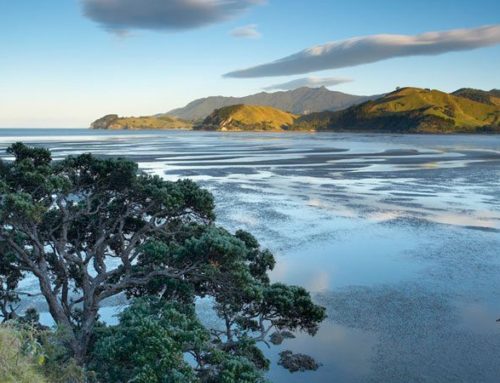
Leave A Comment